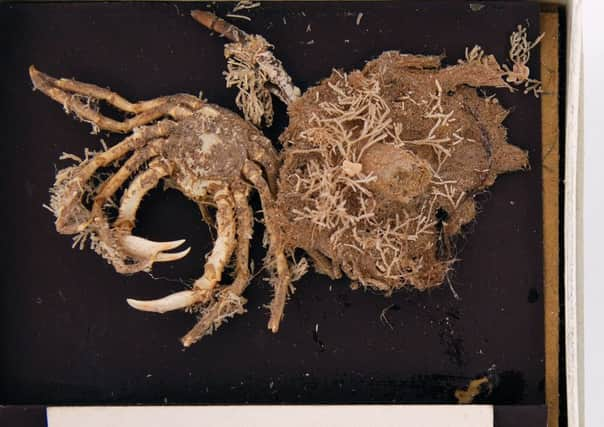'˜An expression of generosity really can make all the difference in life'


At Museums Sheffield I’m lucky enough to see all sorts of everyday kindness in individual acts of giving, from carefully chosen words of support to the generosity of people from all walks of life who volunteer their time. Being able to give something back answers a need to feel useful, to make a difference, to be involved in building something together. I can confidently say that without the people who give their support in all sorts of ways we would not be here.
Like global crises, giving is nothing new. Many of the things we take for granted – our green spaces, universities, theatres and incredible civic collections – were gifted to the city and its people. JG Graves alone gave Ecclesall Woods, Forge Dam, Whirlow Brook and numerous stretches of beautiful parkland that are now part of the Sheffield Round Walk. His gift has enabled generations of people to share in his love of the countryside.
Advertisement
Hide AdAdvertisement
Hide AdJohn Ruskin’s collection, now at the Millennium Gallery, has inspired makers, artists and just about anyone who has had the chance to see it for over 150 years. Created at the height of industrialisation, Ruskin wanted the collection to inspire people to live a fulfilled life and to find refuge and creativity in the natural world.
The ability to make sense of life is one of the things culture can give us, yet it can be difficult to measure or put a price on. Put city profile, hotel stays, business rates, student numbers and house prices to one side and its value for people is in making Sheffield a joyful place to live – it’s in igniting imaginations, building understanding, making sense of our past, present and future.
In all their complexity, Sheffield’s collections of human and natural history offer a way of looking back and thinking forward. The value of most of it is in what it can tell us about life; Margaret and Horatia Gatty’s collections of marine biology, Valerie Reid’s dolls’ house or Joyce Himsworth’s silver pastry cutter in the shape of a hammer and sickle - all have magnificent stories to tell.
Ecclesfield’s Margaret Gatty (1809-1873) and her daughter Horatia (1846 – 1945), nineteenth century marine biologists, collected and analysed seaweed, sea mats and Hydrozoa from the East Coast and around the world. These might seem an odd obsession, yet the gift of their knowledge helps us understand the state of our shores today. Joyce Himsworth (1905-1990) studied at Sheffield School of Art and became a respected silversmith and tutor. She and her dad travelled to Russia in the 1930s in search of a new society. Her pastry cutter symbolises her skill and admiration for the communist movement at the time.
Did she ever use it to make biscuits for party meetings?
Advertisement
Hide AdAdvertisement
Hide AdValerie Reid’s dolls house at Weston Park museum is a gift of love. The house was made by her father, WF Northend, an artist, craftsman and master printer.
In 2000, Valerie gave the house to the museum saying: “I shall be very pleased if it gives pleasure to other boys and girls that may come and look at it. As it is going to your museum, I consider that my museum.”
All of these things were given as gifts to the people of Sheffield – shaping a collective sense of where we’ve come from and where we might be heading. Touch stones to locate us, they represent more than a physical object – they speak of love, care, politics and time. The strength of this collection is that it is always changing and will never be complete.
Last week we opened a new show at the Graves Gallery as part of the Going Public series.
Advertisement
Hide AdAdvertisement
Hide AdJack Kirkland’s extraordinary collection of modern and contemporary art reflects a personal passion for photography, minimalism and geometric abstraction.
The collection brings work by some of the most important international artists of the past 75 years, including Donald Judd, Bridget Riley, Josef and Anni Albers, Carl Andre, Lewis Baltz and more.
Speaking about the show Jack said: ‘Sheffield is a city very close to my heart. I hope that the show gives visitors some of the pleasure these works have given me over the years.’ And that’s what it’s about, an expression of generosity that can make all the difference.